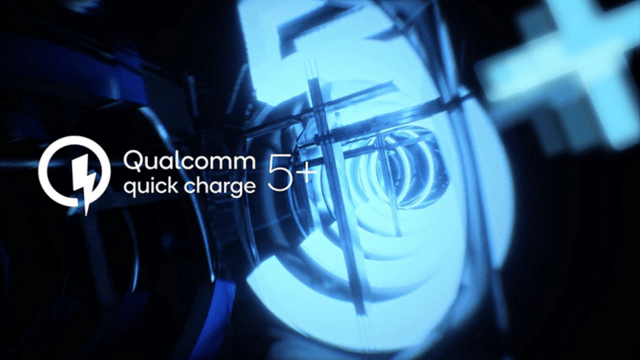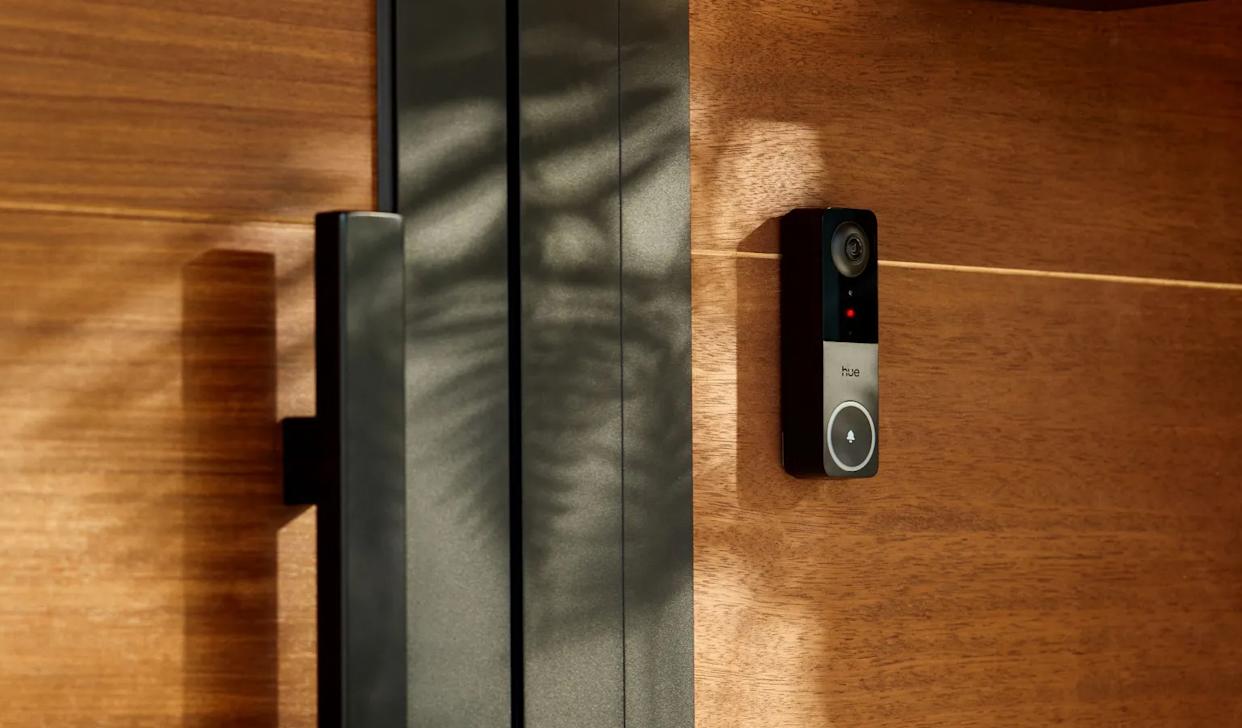This week, keep your eyes fixed on the darkened sky to enjoy the view of the annual Lyrid meteor shower. Astronomers are expecting the meteor shower to peak today night into the early hours of tomorrow morning.
For those who don’t know: information provided by the space agency NASA suggests that this shower has been witnessed by people around the globe for over 2,600 years. It is expected to hit its peak on Wednesday night after the crescent moon will set.
During that phase of the night, the sky should be dark enough for individuals living in areas without light pollution to witness multiple meteors traveling across the sky every hour. However, having clean sky, and good weather is extremely important for enjoying this wonderful view on the night sky.

The shower should be reaching its peak after 10.30 pm tonight; it’s the local time for residents of the northern hemisphere. If you are living in the southern hemisphere, the meteor shower will not be prominent enough before midnight local time.
Bill Cooke, who’s currently in charge of the Meteoroid Environment Office at the Marshall Space Flight Center of NASA, on Tuesday issued a statement saying that Lyrids are extremely unpredictable in nature. It’s difficult to predict their rates.
For instance, in 1982, observers in the United States got to see around 100 Lyrids every hour during the annual shower. In 1945 and 1922, on the other hand, people in Japan and Greece respectively had similar experience as far as rates of the outbursts were concerned.
This year, scientists are not expecting the meteor shower to occur at such high rate. Cooke said that he and his team are expecting to observe 15-20 Lyrid meteors per hour during this year’s shower.
http://thehoopsnews.com/2015/04/22/4558/real-like-kermit-hyalinobatrachium-dianae-discovered-in-costa-rican/
One of the best features of this extraterrestrial event is that unlike the majority of the other similar events one would not need to do anything special for watching this meteor show. If the sky of the area you live in is dark enough, you will be able to watch the event in naked eyes.
For those who are not lucky enough to get a clear view of the event, there’s the option of checking the event out live with a couple of webcasts, one from the Slooh Community Observatory and another from NASA. NASA’s coverage will start from Wednesday, 11pm ET and Slooh will telecast the event live from Wednesday, 8pm ET.








Add Comment